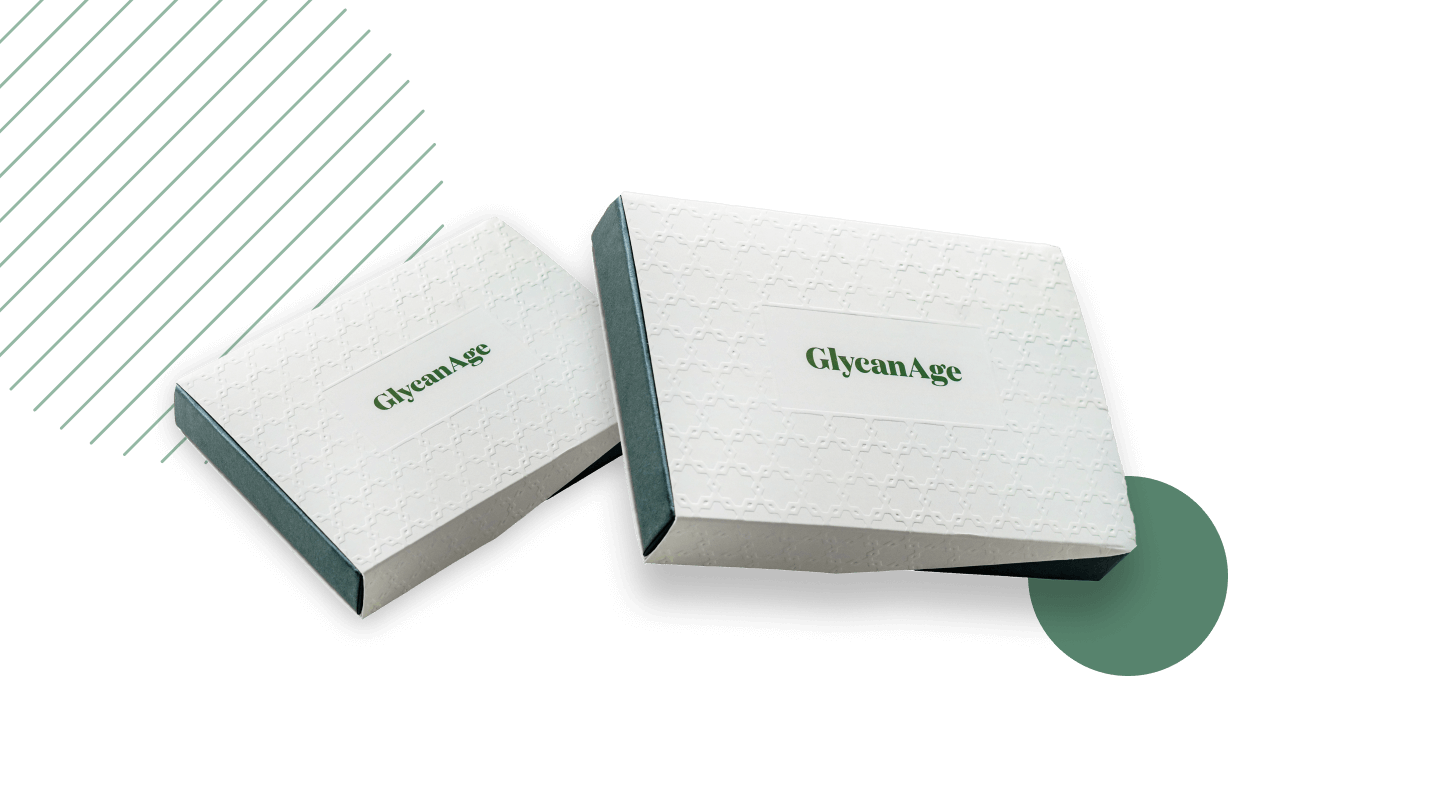14 Best Natural Remedies For Muscle Pain And Inflammation
What’s good for muscle pain? What are the best natural treatments for muscle pain and inflammation? Click here to find out.
Pain is an inevitable part of life. But whether it’s a mild and occasional discomfort or a frequent and debilitating nuisance, pain isn’t something we should simply learn to live with.
Everyday aches and pains tend to increase with age, and our genetics and lifestyle choices often play a key role in the amount of discomfort we experience daily or are a sign of an underlying health condition.
Interestingly, a sedentary lifestyle can worsen pain and stiffness in the back, joints and muscles (also known as the musculoskeletal system); on the flip side, excessive and intensive exercise can also cause musculoskeletal pain and inflammation.
If left untreated, such problems can worsen and decline an individual’s quality of life, affecting everything from sleep and mental health to work and relationships.
While there are plenty of over-the-counter and prescription medications to treat acute musculoskeletal pain and inflammation, prolonged or excessive use can cause a host of adverse side effects; moreover, such treatments aren’t safe or suitable for everyone.
Natural remedies are increasingly used for muscle and joint pain relief as a complement or alternative to conventional treatment methods. There are several treatment options available depending on the cause of the pain and inflammation.
This article explores natural remedies and supplements for muscle pain and inflammation, whether it is acute or chronic. Such options are supported by research to offer relief from pain and discomfort, alleviate fatigue and ease inflammation.
Epsom Salt
 Magnesium sulphate, otherwise known as Epsom salt, is widely used as a natural treatment to relax sore muscles and ease joint stiffness.
Magnesium sulphate, otherwise known as Epsom salt, is widely used as a natural treatment to relax sore muscles and ease joint stiffness.
Magnesium is an electrolyte that prevents muscle spasms and reduces swelling and inflammation by drawing fluids from muscle and joint tissue.
For effective relief, soak in a tub or bath of warm water mixed with one to two cups of Epsom salts for around 20 minutes up to three times a week.
Massage
 A combination of tense muscles and elevated stress can contribute to muscle pain and stiffness. Such pain can intensify stress, subsequently creating a vicious cycle.
A combination of tense muscles and elevated stress can contribute to muscle pain and stiffness. Such pain can intensify stress, subsequently creating a vicious cycle.
Although the benefits of massage therapy have shown mixed results [1], many people still find relief from muscle tension and spasms after receiving a deep tissue massage.
By increasing blood flow, massages can help loosen tight muscles and calm the mind to ease levels of stress and anxiety.
Cannabidiol (CBD) Oil
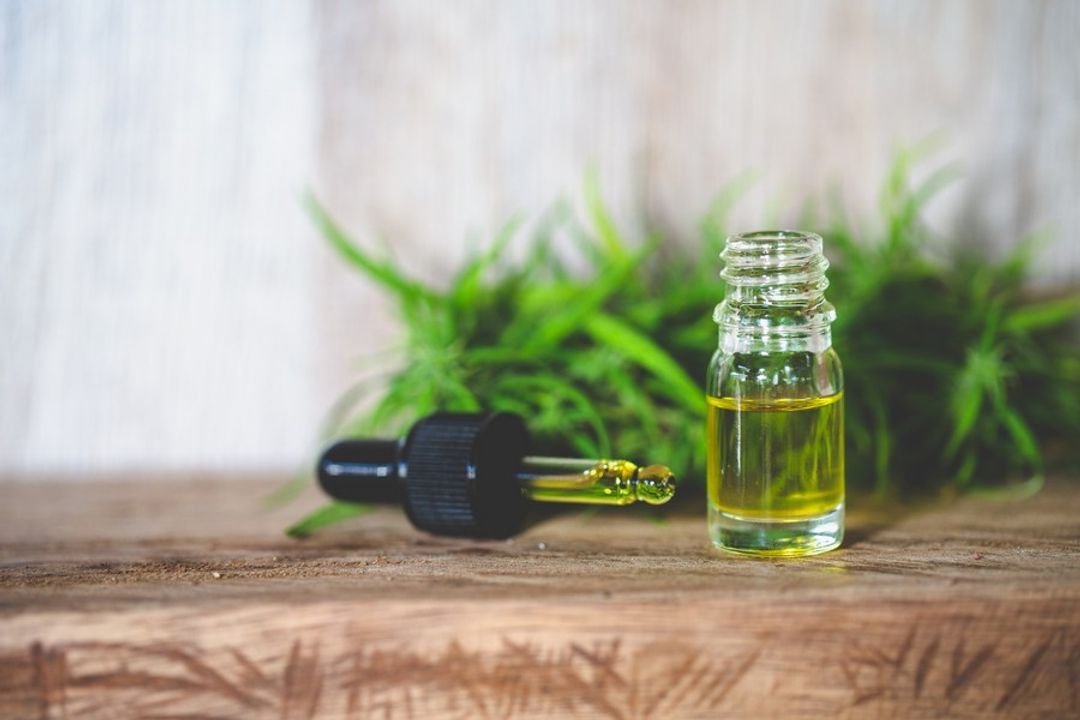 A component of the cannabis plant, CBD oil has some proven benefits in reducing pain and inflammation, primarily due to how it interacts with the body’s endocannabinoid system without producing intoxicating effects.
A component of the cannabis plant, CBD oil has some proven benefits in reducing pain and inflammation, primarily due to how it interacts with the body’s endocannabinoid system without producing intoxicating effects.
Located within the central nervous system, the endocannabinoid system helps maintain homeostasis by regulating several functions, including mood, temperature, appetite and pain.
Studies suggest that CBD oil can reduce muscle tension and soreness and reduce any associated inflammation and can be particularly effective in post-workout muscle recovery [2].
Staying Active
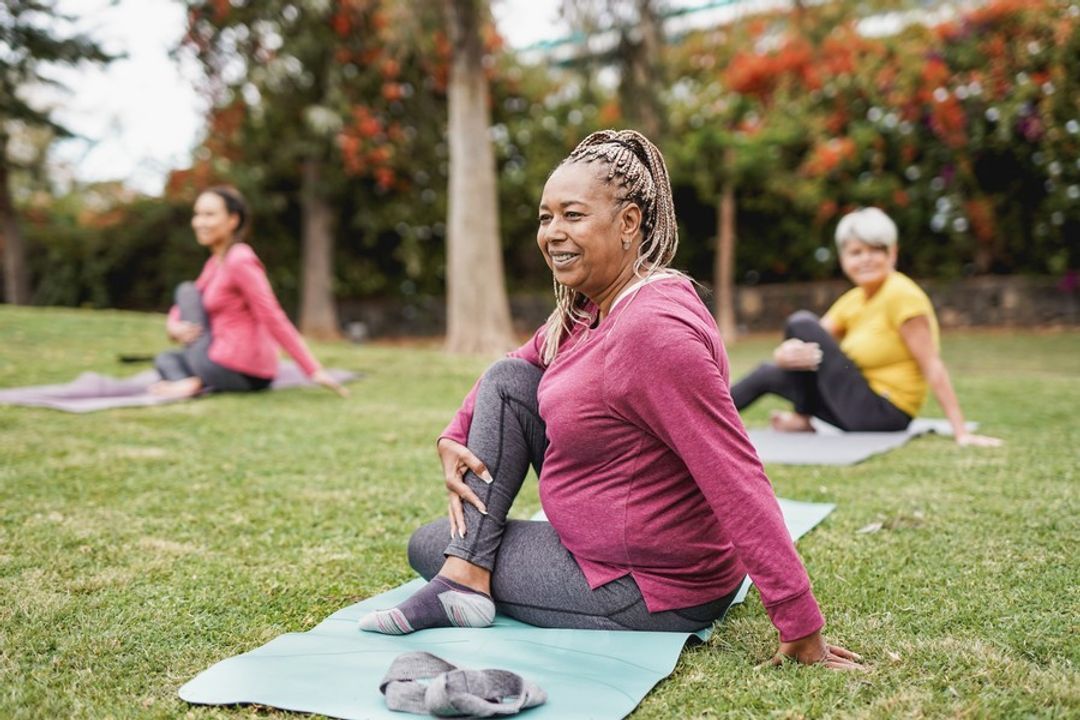 Although muscle and joint aches can have several underlying causes, a lack of exercise can often be the reason for dull, chronic pain.
Although muscle and joint aches can have several underlying causes, a lack of exercise can often be the reason for dull, chronic pain.
Regular exercise helps stretch the body and increase blood flow to the musculoskeletal system and is one of the most effective ways to provide fast relief from pain and inflammation.
Engaging in at least 150 minutes of light to moderate activity, such as walking, running or swimming, can help strengthen joints and muscles and trigger endorphins that act as natural painkillers.
Heat And Cold Packs
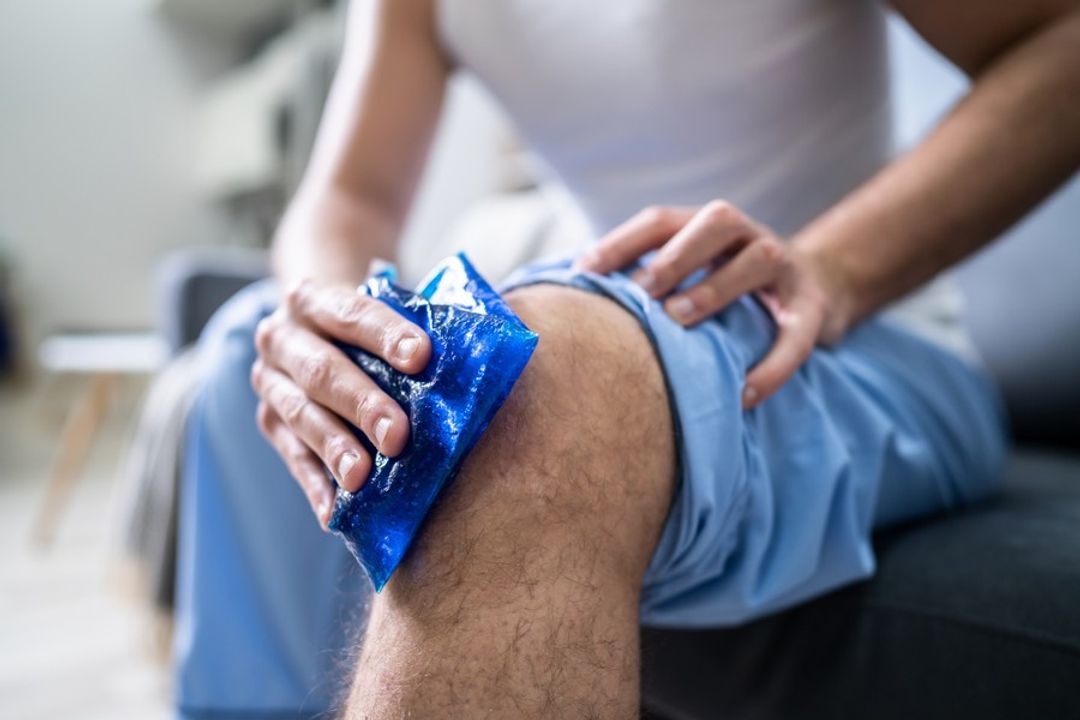 Alternating ice and heat therapy can be an effective way to ease muscle and joint pain. This method can help increase blood flow to muscles, loosen stiff joints and distract the brain from pain.
Alternating ice and heat therapy can be an effective way to ease muscle and joint pain. This method can help increase blood flow to muscles, loosen stiff joints and distract the brain from pain.
The key is to ice for 20 minutes to allow the blood vessels to narrow, followed by heating for 15 minutes with a hot water bottle or a heated pad to cause the vessels to dilate.
This process helps alleviate inflammation in the injured area and can be followed daily to experience effective results.
Apple Cider Vinegar
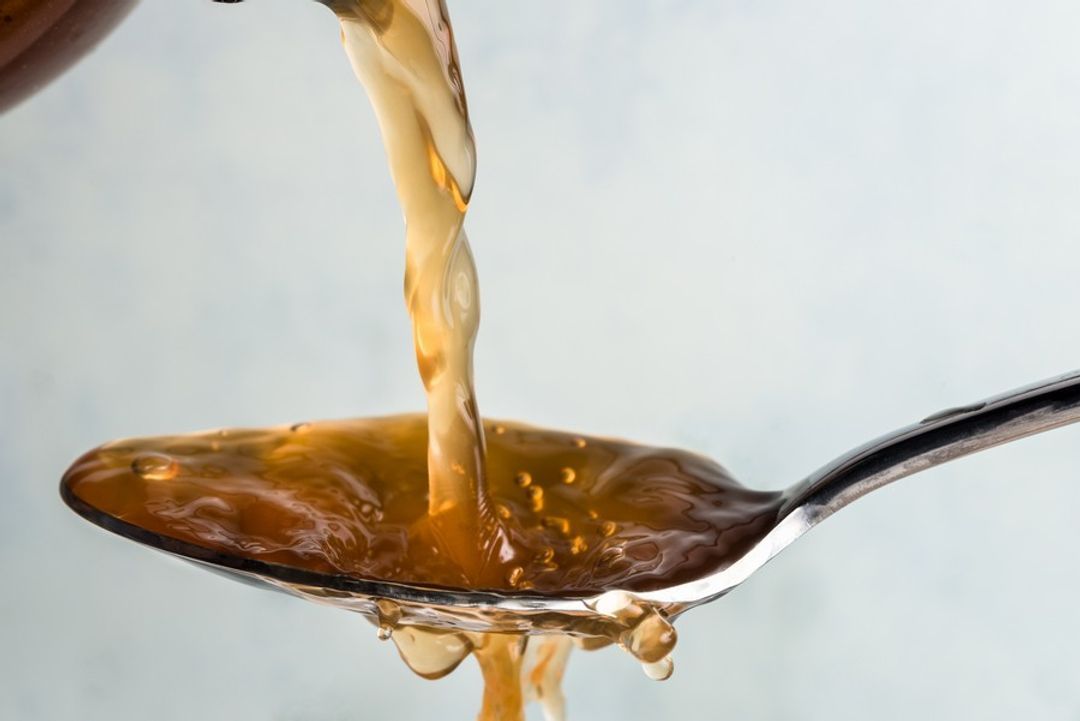 Owing to its anti-inflammatory and alkalising properties, apple cider vinegar may provide relief from muscle soreness; however, studies on its benefits are limited, and much of the evidence to support this claim is purely anecdotal.
Owing to its anti-inflammatory and alkalising properties, apple cider vinegar may provide relief from muscle soreness; however, studies on its benefits are limited, and much of the evidence to support this claim is purely anecdotal.
Still, due to its high mineral content, which includes magnesium, calcium, phosphorus and potassium, apple cider vinegar may help deal with nerve pain.
Try mixing a teaspoon of apple cider vinegar with a glass of water or apply it undiluted directly to the affected area.
Curcumin
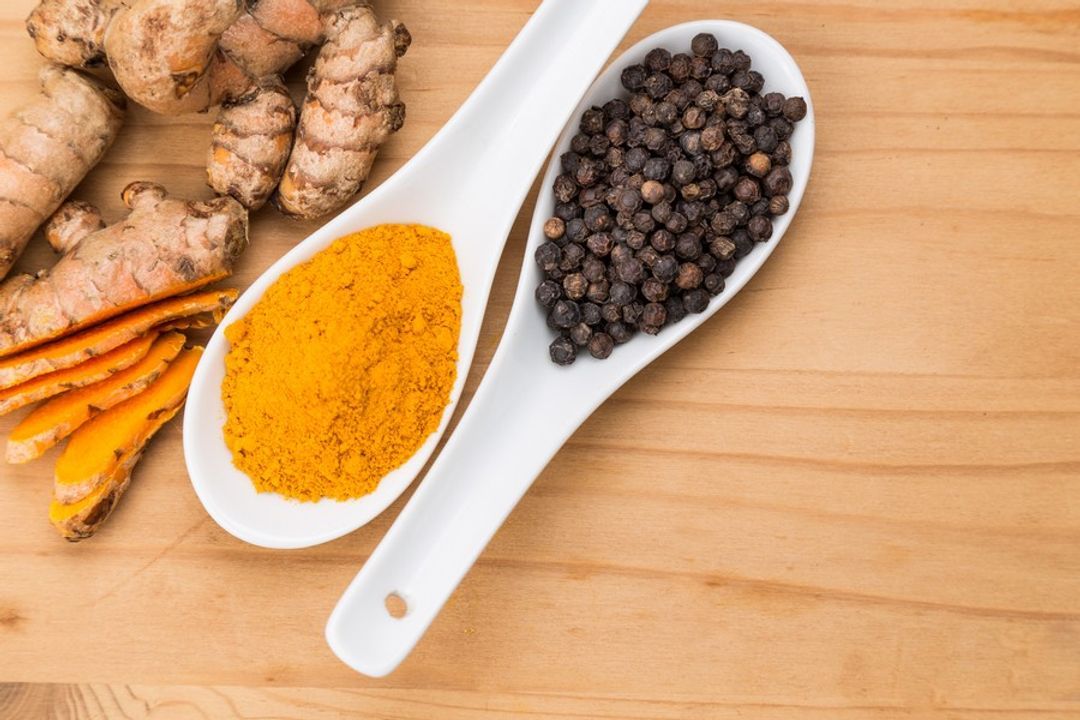 Turmeric, ginger and cinnamon all contain a compound called curcumin, which some research suggests is a key component in reducing inflammation in the body [3].
Turmeric, ginger and cinnamon all contain a compound called curcumin, which some research suggests is a key component in reducing inflammation in the body [3].
Consuming these spices or taking a curcumin supplement as part of a balanced diet may also help relax muscles to alleviate pain, soreness or stiffness.
To enhance absorption, curcumin spices or supplements should be taken with black pepper and fatty oils such as avocado, olive or coconut.
Garlic
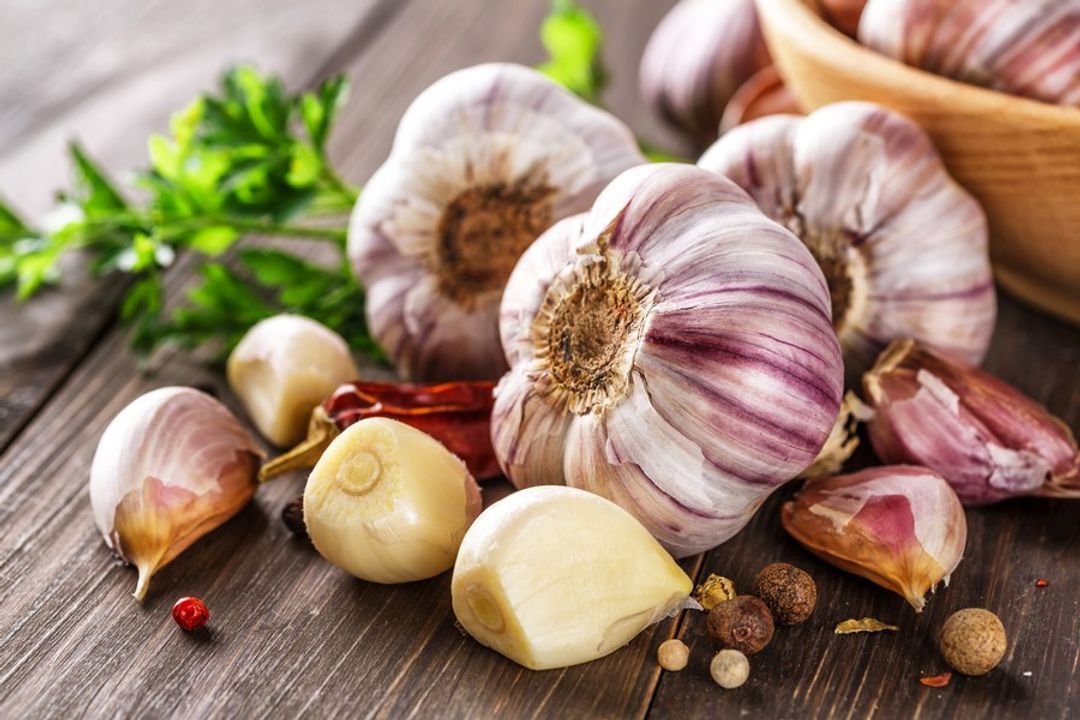 A 2019 study found that garlic was effective in reducing musculoskeletal inflammation in rats [4]. Garlic contains an anti-inflammatory compound called diallyl disulfide, which suppresses the release of pro-inflammatory cytokines by the immune system.
A 2019 study found that garlic was effective in reducing musculoskeletal inflammation in rats [4]. Garlic contains an anti-inflammatory compound called diallyl disulfide, which suppresses the release of pro-inflammatory cytokines by the immune system.
The herb’s high selenium content also has an antirheumatic effect, helping to reduce damage associated with inflammatory joint conditions.
Rubbing garlic cloves or oil on the inflamed muscle and joint may be helpful in reducing painful symptoms.
Onions
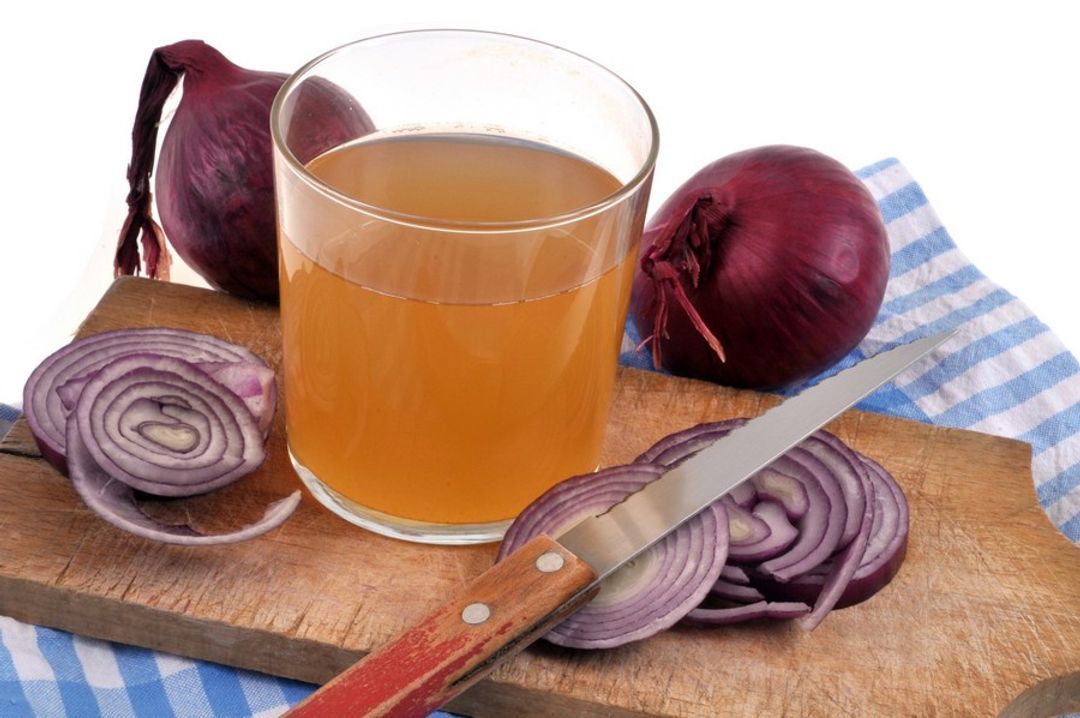 Similar to garlic, onions are packed with sulphur and antioxidant compounds that help fight inflammation and keep the body healthy.
Similar to garlic, onions are packed with sulphur and antioxidant compounds that help fight inflammation and keep the body healthy.
Moreover, chopping raw onion activates enzymes called allicin and quercetin, which also help to reduce acute and chronic pain induced by the body’s inflammatory response [5].
The key is to chop a raw onion and extract its juice, then apply it to the affected joint or muscle to reduce swelling and pain.
Cherry Juice
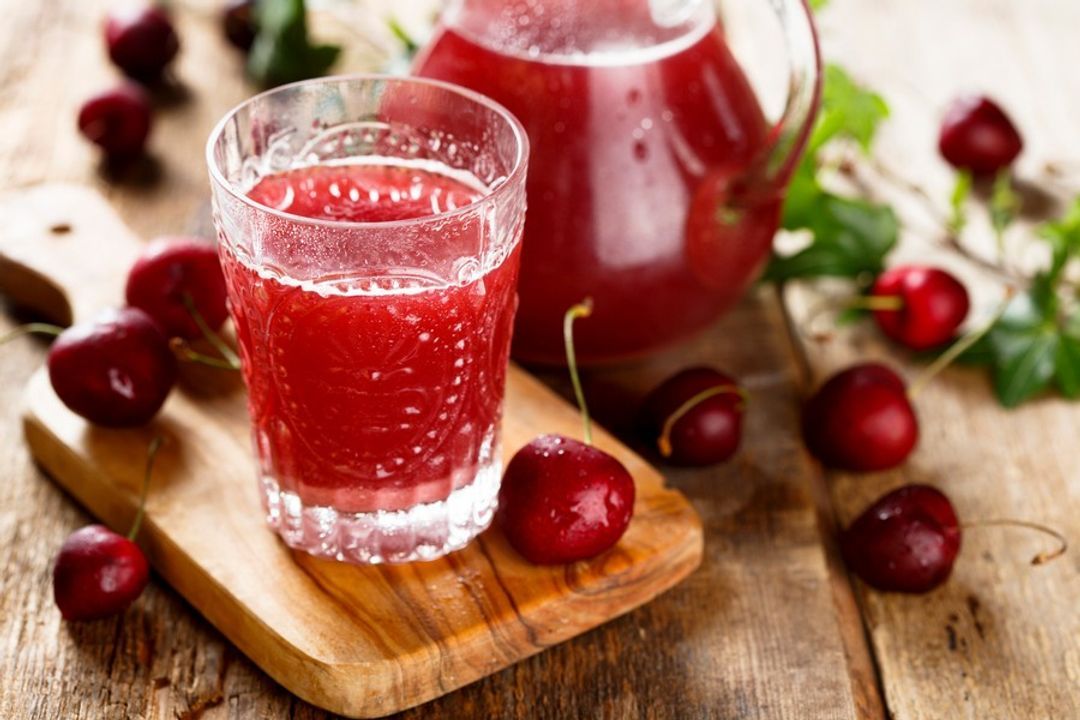 Tart cherry juice contains anthocyanins, water-soluble compounds that give the fruit its rich colour and help fight inflammation and suppress pain.
Tart cherry juice contains anthocyanins, water-soluble compounds that give the fruit its rich colour and help fight inflammation and suppress pain.
In fact, a 2012 study found that drinking cherry juice twice daily for three weeks reduced pain in people with osteoarthritis [6]. Other evidence suggests that the juice may provide effective relief from muscle soreness after a heavy workout.
You can reap the benefits by taking cherry extract supplements, eating a handful of cherries or drinking pure cherry juice daily.
Magnesium
Magnesium is an essential mineral that plays a key role in preventing muscle soreness and cramping by acting like a plug in overstimulated nerve receptors.
Despite its importance in reducing chronic pain, research suggests that many people are deficient in magnesium as a result of a modern-day diet high in processed foods [7].
Foods high in magnesium include spinach, almonds, black beans, cashews and edamame. Magnesium supplements are also available on prescription for people with a significant deficiency.
Essential Oils
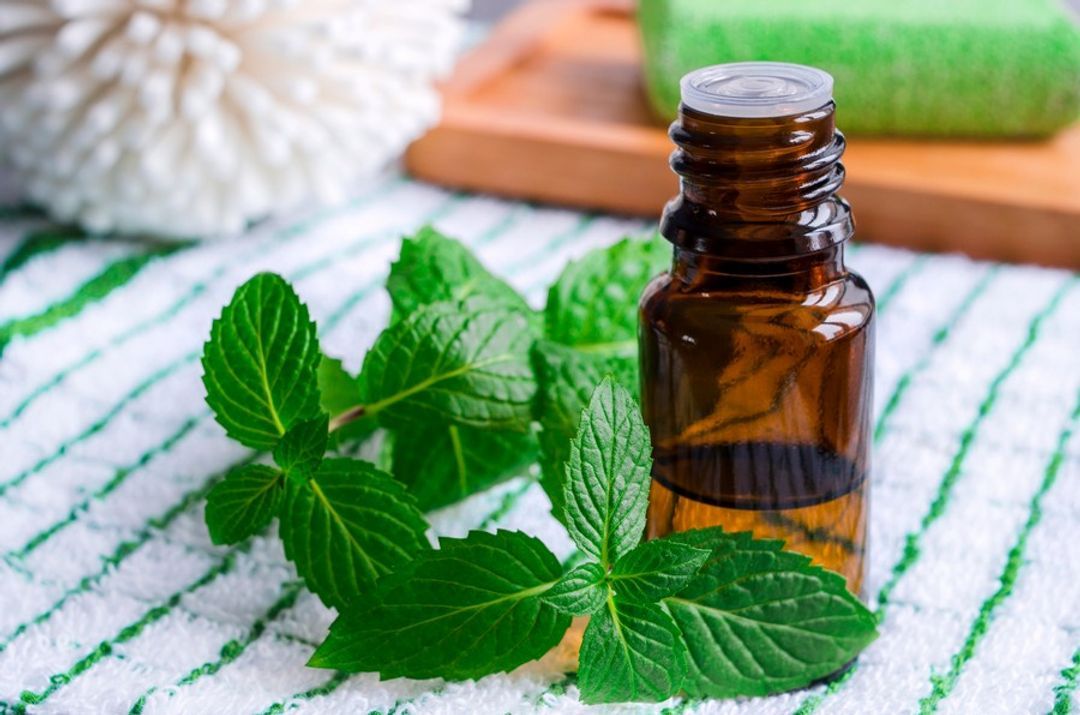 Lemongrass, peppermint, eucalyptus and marjoram are popular essential oils for treating muscle cramps, pain, tension and swelling. In fact, a 2016 meta-analysis of 12 studies found that aromatherapy can successfully treat pain when used in conjunction with conventional treatments [8].
Lemongrass, peppermint, eucalyptus and marjoram are popular essential oils for treating muscle cramps, pain, tension and swelling. In fact, a 2016 meta-analysis of 12 studies found that aromatherapy can successfully treat pain when used in conjunction with conventional treatments [8].
You can try using such oils individually or in combination, depending on the severity of your pain, to gain relief. Add one or two drops of your chosen essential oils to a carrier oil, such as olive or coconut oil, and massage it into the affected area.
Capsaicin
 Derived from hot chilli peppers, capsaicin is a compound that reduces chemicals in the body triggered by inflammation that sends pain signals to the brain. A 2016 review found that regular use of topical capsaicin reduced pain by 50% in participants [9].
Derived from hot chilli peppers, capsaicin is a compound that reduces chemicals in the body triggered by inflammation that sends pain signals to the brain. A 2016 review found that regular use of topical capsaicin reduced pain by 50% in participants [9].
Moreover, only small amounts of the ingredients in topical treatments enter the bloodstream, reducing the likelihood of adverse side effects and making them particularly beneficial to people with sensitivities to pain medications.
Meditation
 Mounting evidence suggests that meditation can be useful in alleviating chronic pain by altering areas of the brain responsible for processing pain, regulating emotional and behavioural responses to pain, and reducing stress levels.
Mounting evidence suggests that meditation can be useful in alleviating chronic pain by altering areas of the brain responsible for processing pain, regulating emotional and behavioural responses to pain, and reducing stress levels.
For example, a 2012 study found that participants who engaged in mindfulness meditation for chronic pain had a reduction in pain and anxiety by 22% and 29%, respectively [10].
Types of meditation to try include mindfulness, body scanning, breathwork, visualisation and guided imagery.
Take Care Of Your Health With GlycanAge
Musculoskeletal pain and inflammation can have several possible underlying causes, and while there are many over-the-counter and prescription treatment options available, they are accompanied by side effects and aren’t safe for everyone.
There are numerous natural at-home remedies for muscle pain and inflammation. Such treatments can be used individually or in combination to provide effective relief. However, it is important to consult your doctor before trying any natural remedies to treat muscle and joint pain.
Chronic inflammation results from an overactive immune system that mistakenly attacks healthy cells and tissues within the body, causing injury, reducing the body’s ability to self-repair and regenerate in the long term, and increasing the risk for age-related chronic disease.
A GlycanAge biological age test assesses the state of the immune system to determine the extent of inflammation within the body and accurately identifies biological age (the age of the cells and tissues within the body).
 Knowing your biological age can empower you to make the necessary lifestyle changes to effectively reduce your risk of chronic disease, increase your health span and delay ageing.
Knowing your biological age can empower you to make the necessary lifestyle changes to effectively reduce your risk of chronic disease, increase your health span and delay ageing.
All it takes is a finger-prick blood test in the convenience of your home to learn your biological age. Results are available in as little as three weeks of mailing your sample to our lab.
Various packages and price plans are available depending on your budget and health goals. Every test you purchase comes with a complimentary 1-1 session with a scientist and/or healthcare professional to help you understand your result and receive tailored advice on how to increase your health span and delay the ageing process.
Invest in your health and order your GlycanAge home test kit today.
FAQs
How do you tell if a muscle is inflamed?
Other than pain, the typical characteristics of an inflamed muscle based on visual observation include:
-
Redness or bruising
-
Limited range of movement or loss of function
-
Heat
-
spasms
-
Swelling
-
Weakness and fatigue.
What triggers muscle inflammation?
Inflammation in the muscles is known as myositis, and it can have many possible causes, including infection, injury, autoimmune disorders and side effects of drugs. If left untreated, the condition can worsen over time, exacerbating weak, aching and painful muscles.
What vitamin deficiency causes muscle pain?
A vitamin D deficiency may contribute to musculoskeletal pain, and many people are often unaware that they have low levels. Physical symptoms of vitamin D deficiency include bone pain, muscle pain and weakness, and joint pain. Such pain is likely to get worse if the deficiency isn’t addressed.
References
-
https://www.ncbi.nlm.nih.gov/pmc/articles/PMC6533778/
-
https://www.ncbi.nlm.nih.gov/pmc/articles/PMC7204604/
-
https://www.ncbi.nlm.nih.gov/pmc/articles/PMC5856322/
-
https://www.ncbi.nlm.nih.gov/pmc/articles/PMC6737428/
-
https://www.researchgate.net/publication/228481650_Evaluation_of_analgesic_and_anti-inflammatory_effects_of_fresh_onion_juice_in_experimental_animals
-
https://www.macrothink.org/journal/index.php/jfs/article/view/1927
-
https://thepwc.ca/magnesium-usage-for-muscle-joint-pain-reduction/#:~:text=1%20Specifically%20in%20chronic%20pain,sufficient%20levels%20for%20optimal%20health.
-
https://www.hindawi.com/journals/prt/2016/8158693/
-
https://www.ncbi.nlm.nih.gov/pmc/articles/PMC6272969/
-
https://www.ncbi.nlm.nih.gov/pmc/articles/PMC3968314/
